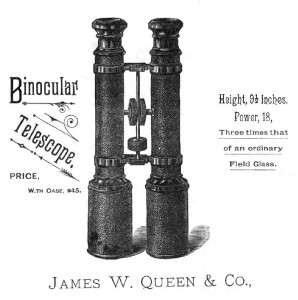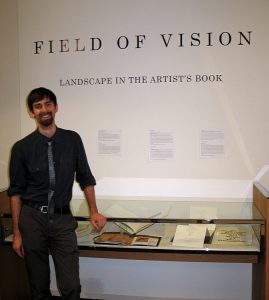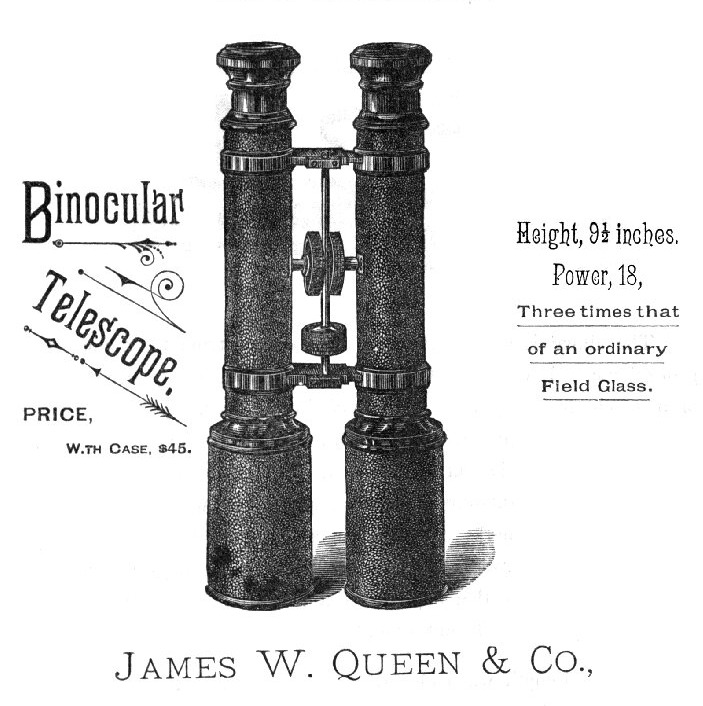2013 marks the bicentennial of Scottish explorer David Livingstone (1813-1873). His explorations in central Africa are well known – – “Dr. Livingstone, I presume.” Less well known is his first-hand encounter with the horrors of the Arab slave trade in East Africa. Two Smithsonian Libraries – – the Warren M. Robbins Library at the National Museum of African Art and the Joseph F. Cullman 3rd Library at the National Museum of Natural History – – have exceptional collections on David Livingstone and 19th-century African exploration. Drawing upon our Smithsonian Libraries’ resources, volunteer Judith Schaefer recounts David Livingstone and the other slave trade.
Month: September 2013
This post was written by Tyler Phelps. Tyler spent the summer of 2013 as an intern at the National Museum of American History Library and is completing her librarian degree at San Jose State University.
Each state or territory that makes up the United States has its own unique identity. Because of this, visitors and locals alike inevitably have a favorite area—it might be a great vacation spot, the one they dream of seeing, or the place they were born.
This week, September 22-28, is Banned Books Week, an annual event coordinated by the American Library Association that celebrates the freedom to read. Banned books are ones that have been removed, or threatened with removal, from library shelves because some felt their content was inappropriate for certain audiences. Many of the titles deemed controversial in the past have become today’s classics. We’ve already shared with you some of the surprising modern banned titles that are in our collection . In addition to the works listed there, our Dibner Library contains early editions of works by Galileo, Martin Luther and Voltaire, prohibited by the Catholic Church and listed in their infamous Index Librorum Prohibitorum (List of Prohibited Books).
Below are some of our staff’s personal favorites. Would you agree?
This post was written by Amy Lauder, summer intern in Discovery Services.
Sheet music was the primary way that popular music was circulated in the late 19th and early 20th centuries, before radio and the record industry took over. The Bella C. Landauer Collection of Aeronautical Sheet Music at the Smithsonian Libraries contains many pieces of music from this era, all having something to do with air travel. There was great progress in air travel technology at the same time that sheet music was most popular, so this is a unique way to learn about the history of air travel. There are pieces of music commemorating historic flights, popular songs that show people’s excitement about air travel, and many images of hot air balloons, blimps, zeppelins, and many kinds of airplanes. Part of my task of cataloging the music in this collection has been to describe the images so that researchers can access that information.
In my part of the Smithsonian Libraries, we work with data. You’ll hear talk of “big data“, which often refers data sets far larger than what we work on in more »

You’ve been using Google for years. In fact, you use it every day. And you always get tons of results, so you must be an expert searcher, right? Not so fast… Getting more results is not always helpful! Do you really have time to go through 264 pages to find what you want?
What you need are better results, which come from better searches. So here are some tips that work in most search engines and research databases to help you get better, on-target results.

This summer, three of the Smithsonian Libraries art libraries, the Hirshhorn Library (HMSG), the African Art Library (AfA), and the American Art Library/National Portrait Gallery Library (AA/PG) have hosted an intern through the Katzenberger Foundation Art History Internship Program. Each library has a collection of artists’ books and has been working to provide better access and exploring ways that the collections may be used. This year, under the coordination of Anna Brooke (HMSG) in partnership with Janet Stanley (AfA) and Doug Litts (AA/PG), the Smithsonian Libraries welcomed Tim Vermeulen from the University of Wisconsin, Stevens Point.

